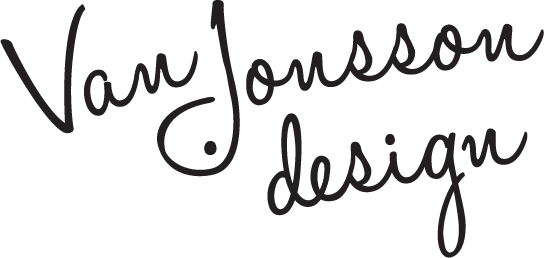1920s sewing techniques
If you read any lingerie blogs, you will have noted that most have them have covered that there is a rise in interest in 1920s lingerie, mainly due to the film 'The Great Gatsby'. In turn you may be inspired to make your own lingerie in this style.
Before you start, take a look at the sewing techniques that were around then, as they differ to the ones we used today in modern clothing. Also if you're using vintage patterns, information again differs from today.
Patterns: Remember to look at the given measurements not dress size (if stated) as they have altered considerable. After the 1940s the seam allowance was established at 5/8 inch. Before then, depending on the year and company it can be marked at 3/8, 1/2, 3/4 or 5/8.
Seams: Although they will take more time and effort that modern day techniques, you will have a more authentic looking garment and may very well last you longer.
French seams: The raw edges of the seam are enclosed, this method may be used in place of overlocking. First the fabric is placed and sewn with the wrong sides together, then trimmed and pressed. The second seam is sewn with the right sides of the fabric together, enclosing the raw edge of the seam.
Bias Binding seams: The fabric is placed and sewn with the right sides of the fabrics together, pressed then each raw edge is enclosed by the bias binding. You can buy bias binding already made or you can make your own by cutting a strip of fabric at a 45 degrees angle. You then fold in half and iron, then bring each side into the centre and iron. And you should have you're very own bias binding. Please note though if the fabric is moves in a fluid way then this procedure will be a nightmare.
Other techniques would include Tailors tacks: this is transferring important information on to the fabric with loose stitches, such as positioning of buttons, this is usually done with pen nowadays. The Bound button hole was also the way to make button holes.
